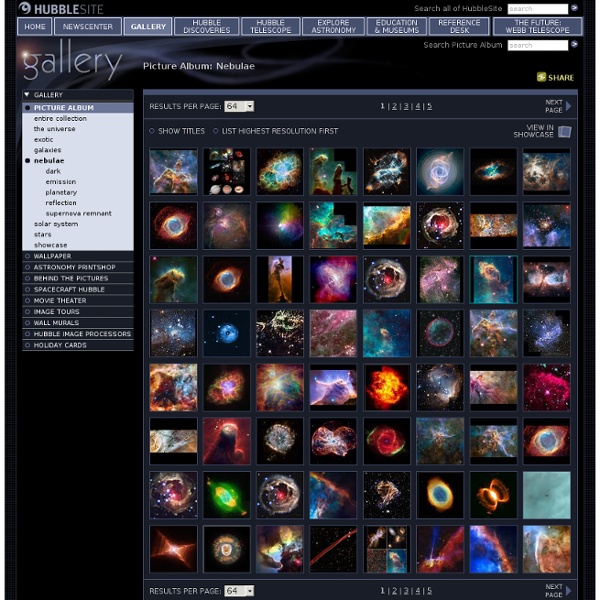



Physics 20b: Introduction to Cosmology - Spring 2010 - Download free content from UC Irvine Relativity Tutorial Galilean Relativity Relativity can be described using space-time diagrams. Contrary to popular opinion, Einstein did not invent relativity. Note the curved worldline above. Now it is still moving in its final state. Straight worldlines (unaccelerated particles) remain straight in this process. But Galilean transformations do not preserve velocity. Special Relativity But 200 years after Newton the theory of electromagnetism was developed into Maxwell's equations. Because the speed of light is special, space-time diagrams are often drawn in units of seconds and light-seconds, or years and light-years, so a unit slope [45 degree angle] corresponds to the speed of light. Thus in the situation shown in 3 space-time diagrams below, the central section shows the worldline of one stationary observer, one observer moving to the right, and two events on the future light cone on the event where the two observers' worldlines cross. What is the evidence for the invariance of the speed of light?
university lectures physics Whether your goal is to earn a promotion, graduate at the top of your class, or just accelerate your life. Lectures can help get you there. Our archives of lectures cover a huge range of topics and have all been handpicked and carefully designed by experienced instructors throughout the world who are dedicated to helping you take the next step toward meeting your career goals. With OnlineCourses.com's engaging collection of lectures, your free time will turn into self-improvement time. Our online lectures are more than lecture notes or a slideshow on a topic; they were designed for audiences like you, with carefully sequenced themes and topics taught by veteran educators, and often with additional resources for your own independent study. The lectures are available to anybody, completely free of charge. Lecture courses are a valid and vital learning tool, and may be one of the best methods of learning available.
Quantum Entanglement and Information First published Mon Aug 13, 2001; substantive revision Thu Aug 26, 2010 Quantum entanglement is a physical resource, like energy, associated with the peculiar nonclassical correlations that are possible between separated quantum systems. Entanglement can be measured, transformed, and purified. A pair of quantum systems in an entangled state can be used as a quantum information channel to perform computational and cryptographic tasks that are impossible for classical systems. 1. In 1935 and 1936, Schrödinger published a two-part article in the Proceedings of the Cambridge Philosophical Society in which he discussed and extended a remarkable argument by Einstein, Podolsky, and Rosen. It should not be supposed that Einstein's definition of a complete theory included the requirement that it be deterministic. In the original EPR article, two particles are prepared from a source in a certain quantum state and then move apart. He added (Schrödinger, 1935; p. 555): 2. 3. 4.
Nuclear Weapons - basic technology concepts [UNC] A few words about nuclear weapons technology.. Fission weapons Nuclear weapons exploit two principle physical, or more specifically nuclear, properties of certain substances: fission and fusion. Fission is possible in a number of heavy elements, but in weapons it is principally confined to what is termed slow neutron fission in just two particular isotopes: 235U and 239Pu. These are termed fissile, and are the source of energy in atomic weapons. Typical appearance of a thermonuclear weapon detonation -- from many miles away. *Special techniques were required to record the fleeting moments of a weapon's initial detonation.
Quantum Physics made simple